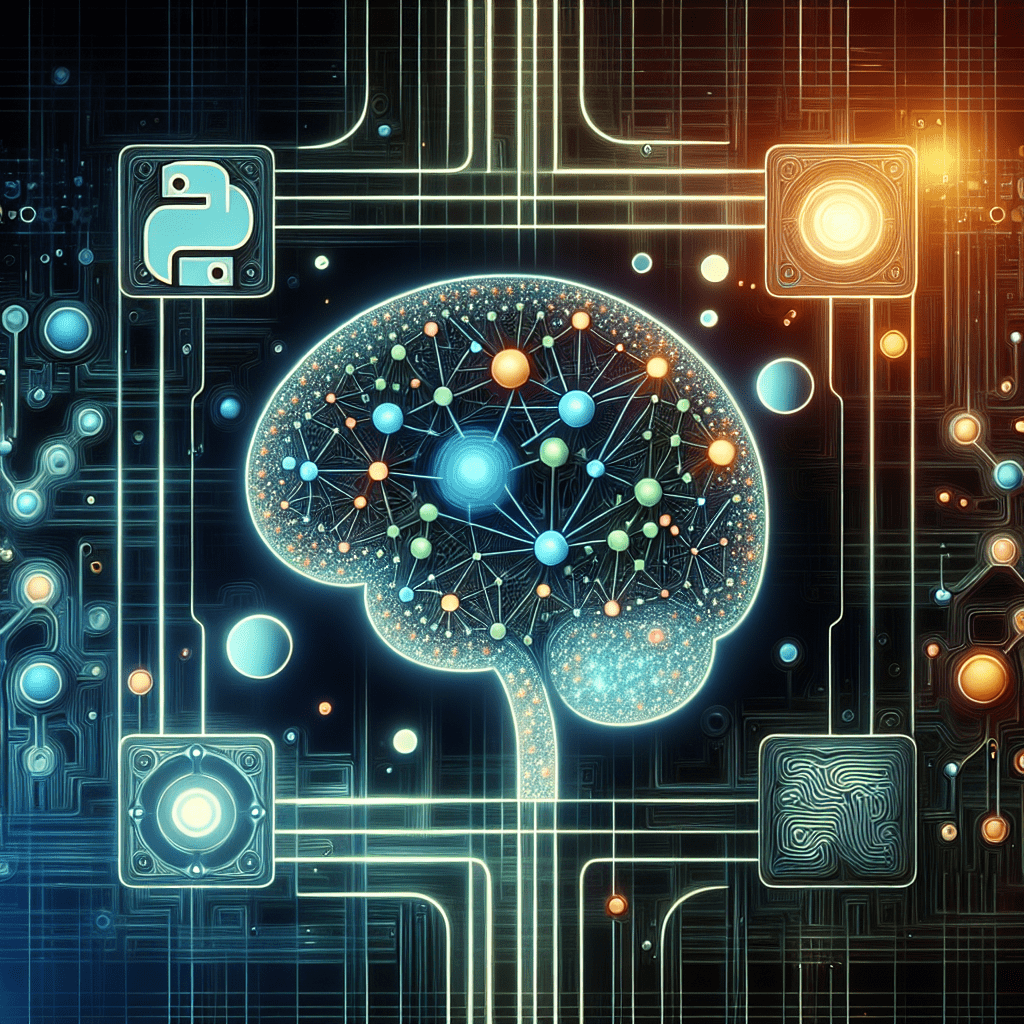Your cart is currently empty!
Harnessing the Power of Deep Learning: Building Effective Machine Learning Systems with PyTorch and TensorFlow

Request immediate IT services, talents, equipments and innovation.
Deep learning has revolutionized the field of machine learning, allowing for more complex and accurate models to be built than ever before. Two of the most popular deep learning frameworks, PyTorch and TensorFlow, have become essential tools for data scientists and developers looking to harness the power of deep learning.
PyTorch and TensorFlow both offer powerful libraries for building and training deep learning models, but they have different strengths and weaknesses that make them suitable for different types of tasks. PyTorch, developed by Facebook, is known for its flexibility and ease of use, making it a popular choice for researchers and developers who want to experiment with new ideas and quickly iterate on their models. TensorFlow, on the other hand, was developed by Google and is known for its scalability and performance, making it a better choice for building production-ready systems that need to handle large amounts of data.
One of the key features of both PyTorch and TensorFlow is their support for building neural networks using high-level APIs that make it easy to define and train complex models. These frameworks provide a wide range of pre-built layers and modules that can be easily combined to create powerful deep learning architectures, allowing developers to focus on designing their models rather than implementing low-level details.
Another important feature of PyTorch and TensorFlow is their support for automatic differentiation, which allows developers to easily compute gradients for their models and use them to update the model parameters during training. This makes it much easier to implement complex optimization algorithms, such as stochastic gradient descent, and train deep learning models effectively.
In addition to building and training models, PyTorch and TensorFlow also offer a wide range of tools and utilities for evaluating and deploying machine learning systems. These frameworks provide support for data loading and preprocessing, model visualization, and model deployment, making it easy to build end-to-end machine learning pipelines that can be deployed in production environments.
Overall, PyTorch and TensorFlow are powerful tools for building effective machine learning systems that harness the power of deep learning. By leveraging the capabilities of these frameworks, data scientists and developers can build complex and accurate models that can solve a wide range of real-world problems. Whether you are a researcher looking to experiment with new ideas or a developer looking to build production-ready systems, PyTorch and TensorFlow provide the tools and support you need to succeed in the world of deep learning.
Request immediate IT services, talents, equipments and innovation.
#Harnessing #Power #Deep #Learning #Building #Effective #Machine #Learning #Systems #PyTorch #TensorFlow,understanding deep learning: building machine learning systems with pytorch
and tensorflow: from neural networks (cnn
Discover more from Zion AI: Free Marketplace for Talents, Tech Jobs, Services & Innovation, Sign-up for free
Subscribe to get the latest posts sent to your email.

Leave a Reply